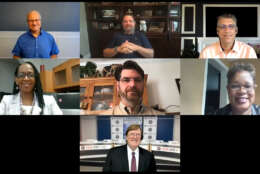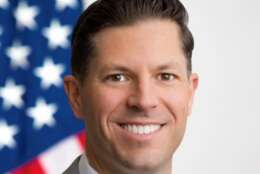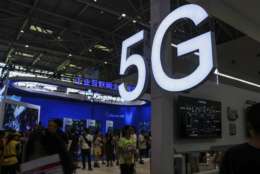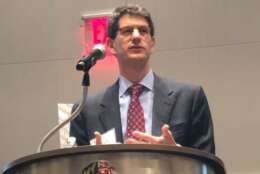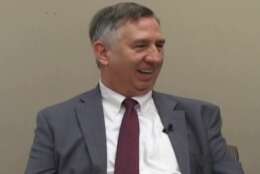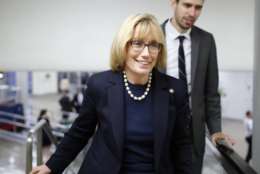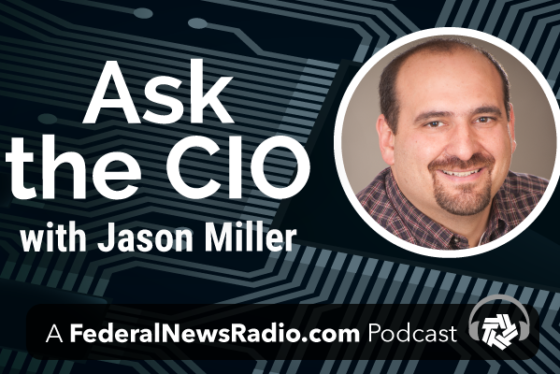Cybersecurity
-
The Air Force believes it's created a successful proof-of-concept that would let airmen access military networks via their own devices, and is ready to start large-scale testing.
August 27, 2020 -
As the government looks forward to a future where operations are restored to normal – whatever that may look like – it will be important for agencies to prioritize.
August 26, 2020 -
Mia Jordan, the CIO at the Agriculture Department’s Rural Development bureau, is leaving after 10 years to become the CIO at the Education Department’s Federal Student Aid Office.
August 25, 2020 -
This week on Federal Tech Talk, Kevin Coppins, president and chief executive officer at Spirion, joins host John Gilroy to discuss how the Covid-19 pandemic has impacted data management and data security in the federal government.
August 24, 2020 -
This program provides a progress report on cybersecurity strategies in government.
August 24, 2020 -
Government leaders must focus more on data-driven network visibility as an IT investment priority. By seeing what is happening within their networks at all times, they will know when threat actors are “casing the house” and stop them before they can trigger a significant incident.
August 20, 2020 -
Brian Harrell, the assistant director for infrastructure security, is leaving the agency after 21 months at CISA. Steve Harris, the deputy assistant director, will take over on an interim basis.
August 20, 2020 -
While 5G could have major implications for the economy, intelligence and cybersecurity agency officials warn that moving more core functions to the edge of networks could create a larger attack surface for adversaries.
August 20, 2020 -
Grant Schneider, the federal chief information security officer, is leaving federal service after almost 28 years, including the last two in his current role.
August 18, 2020 -
Guy Cavallo, the SBA deputy chief information officer, will become the principal deputy CIO at OPM starting on Sept. 14.
August 18, 2020 -
Five of 10 agencies responded to Sen. Maggie Hassan’s (D-N.H.) request for details and plans for how they will modernize outdated systems and what Congress can do to help.
August 18, 2020 -
While the security benefits of zero-trust architectures are well-known, less recognized is the extra value that zero-trust architectures can create.
August 17, 2020 -
Some agencies' new routines might be here to stay, according to IT security officials who say the feasibility of long-term telework has opened the door to a reimagining of the civil service.
August 14, 2020 -
In the end, CMMC is really just a change of procedure that will result in efficiencies by preventing things upfront that will create better efficiencies downstream.
August 14, 2020 -
Defense and national security tech leaders are trying to balance implications of mass telework with pre-existing cyber priorities, and fend off an unending onslaught of bad actors trying to exploit the – in some cases – woefully unprepared remote federal workforce.
August 14, 2020





